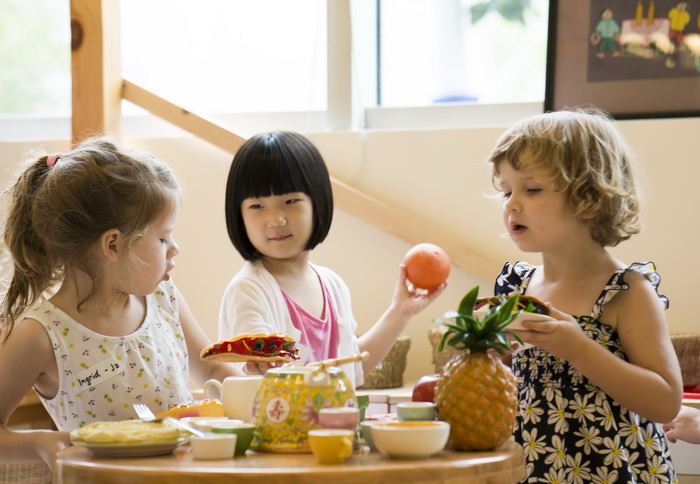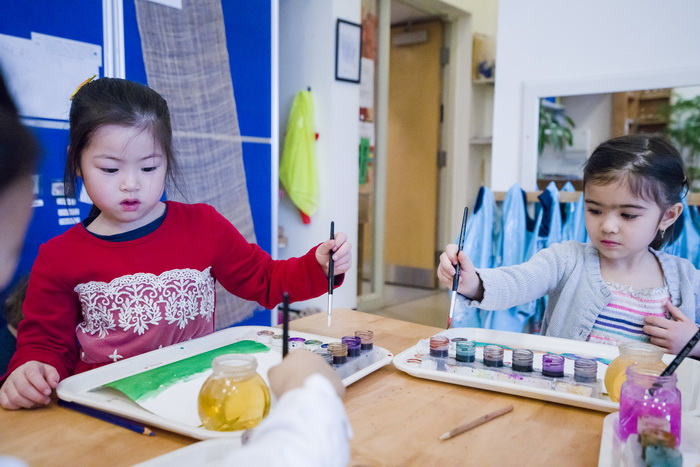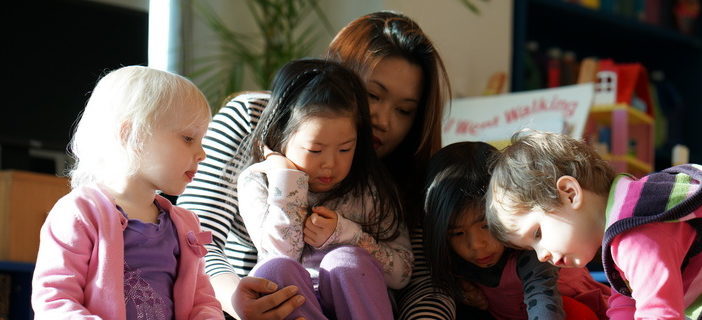Living in China or any country where your native tongue isn’t widely spoken can be a challenging yet rewarding cultural experience. Chinese can especially be a difficult language to grasp, let alone master. Proficiency requires commitment and investment of time and money.
However, with Chinese being the most widely spoken language globally, there are growing reasons to give your kids polished putonghua in an increasingly connected world.
Learning a second language is also proven to have numerous cognitive benefits, especially for young learners developing skills in critical thinking, creativity, cultural awareness, communication, and other areas.

Choosing a Dual Language Program
Research suggests there are two ways for children to learn another language: simultaneously or sequentially. These learning models influence education programs offered at different schools.
In August 2016, the International School of Beijing (ISB) opened its Dual Language Program guided by the philosophy of “reflect[ing]the mission, vision, and core values of ISB by providing students with the opportunity to become bilingual, biliterate, and bicultural.” It also aims to develop “respect and appreciation towards language, culture, and global diversity” through an immersion model that promotes 50 percent instruction in English and 50 percent instruction in Chinese.
beijingkids spoke with ISB’s elementary school principal Clarissa Sayson and PreK 3 teachers Karen Fidler and LingTong to find out what questions parents should ask themselves and the school when considering the best options in bilingual education:
What are your attitudes towards raising a bilingual child?
This is the most important question. Sayson advises parents to ask how they feel about their child growing up bilingual.This internal reflection will affect how parents approach their child’s learning of an additional language. It will also have direct and indirect consequences on specific schooling decisions.
How will you support your child’s development at home?
Parents need to complement their child’s language acquisition at home to reinforce what they learn in school. Sayson reminds parents that developing biliteracy, through reading and writing, is just as important as bilingualism.ISB provides parents with appropriate resources as well as useful strategies to help their children at home.
Does the school have a Dual Language Program philosophy?
The overall school philosophy gives a general idea of the school’s approaches. However, a specific philosophy for a Dual LanguageProgram gives valuable insight into how the program will be implemented.
What type of teaching model is used at the school?
When evaluating a Dual Language Program or certain teaching model, it is important to look at the different approaches used by schools. A teaching model, for example, looks at how a school makes use of and synergizes teachers. Sayson adds, “In a co-teaching model, two teachers work in the same class, while in a partner teacher model, each teacher is in their individual classrooms.”
Be sure to check the teaching time allocation, along with how days and weeks are split. In ISB’s 50:50 immersion model, half the time is spent learning in Chinese and half learning in English.

More Important Questions:
What environment does your child learn best in?
How much language is taught during the day?
How long do you intend to live in a foreign country?
Where do you plan on moving to next?
How much will this cost?
What is the experience and expertise of the teachers?
How does the school maintain or grow your child’s culture?
How will my child’s social-emotional wellbeing be nurtured?
How is the program staffed?
Is co-teaching available?
What is the average class size?
How are school days structured?
Is language used as a tool to learn other specialized programs?
How will my child’s progress be communicated?
Is the library stocked with resources to support the specific language learning?
ISB’s Dual Language Program is currently accepting enrollments for PreK3, PreK4, and Kindergarten for the 2017-18 school year. Prospective parents are invited to book a tour of the school, where they can have all these questions and more answered by ISB’s friendly Admissions officers and Dual Language Program educators.
![]() This post is sponsored by ISB.
This post is sponsored by ISB.
Photos: ISB




